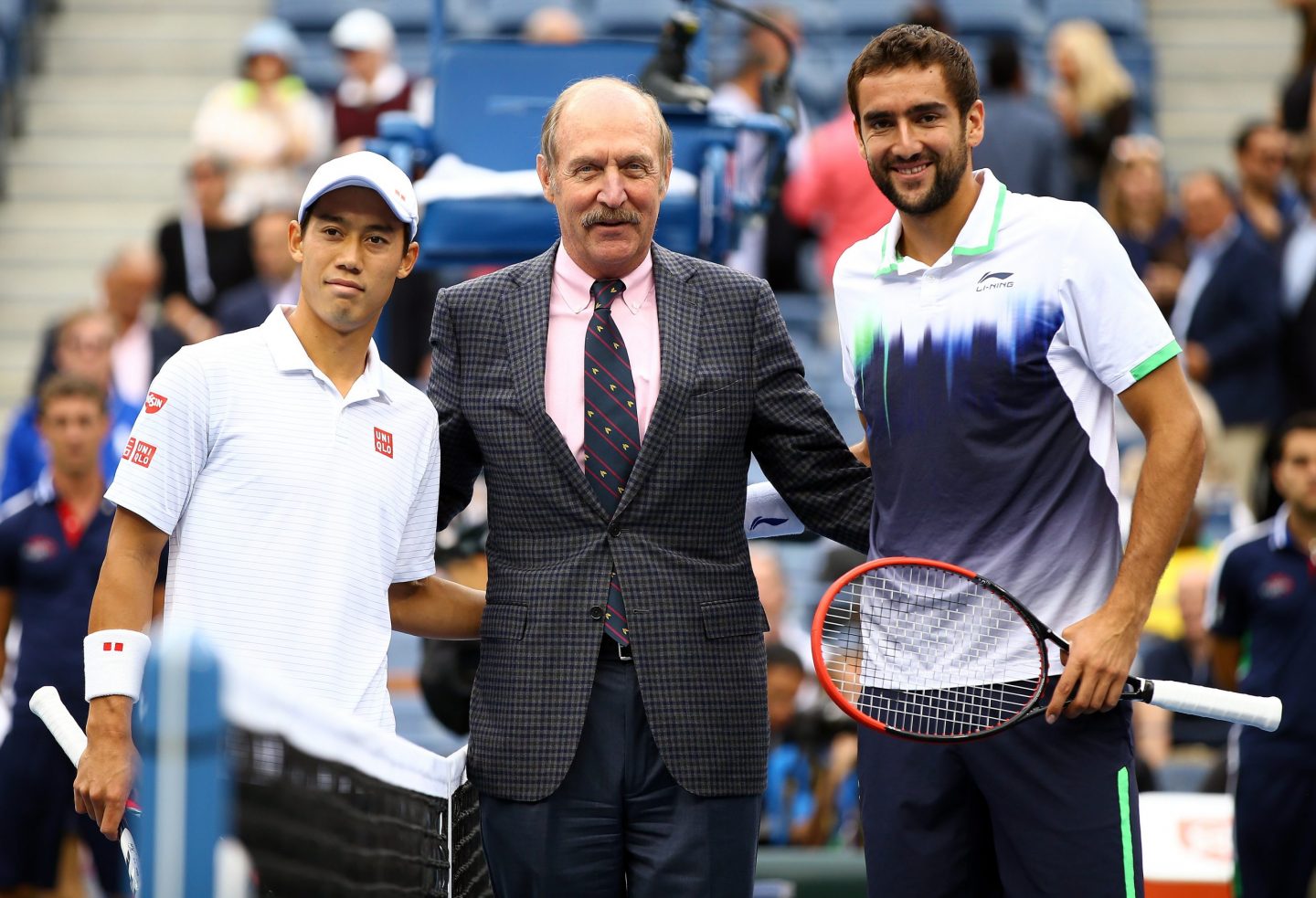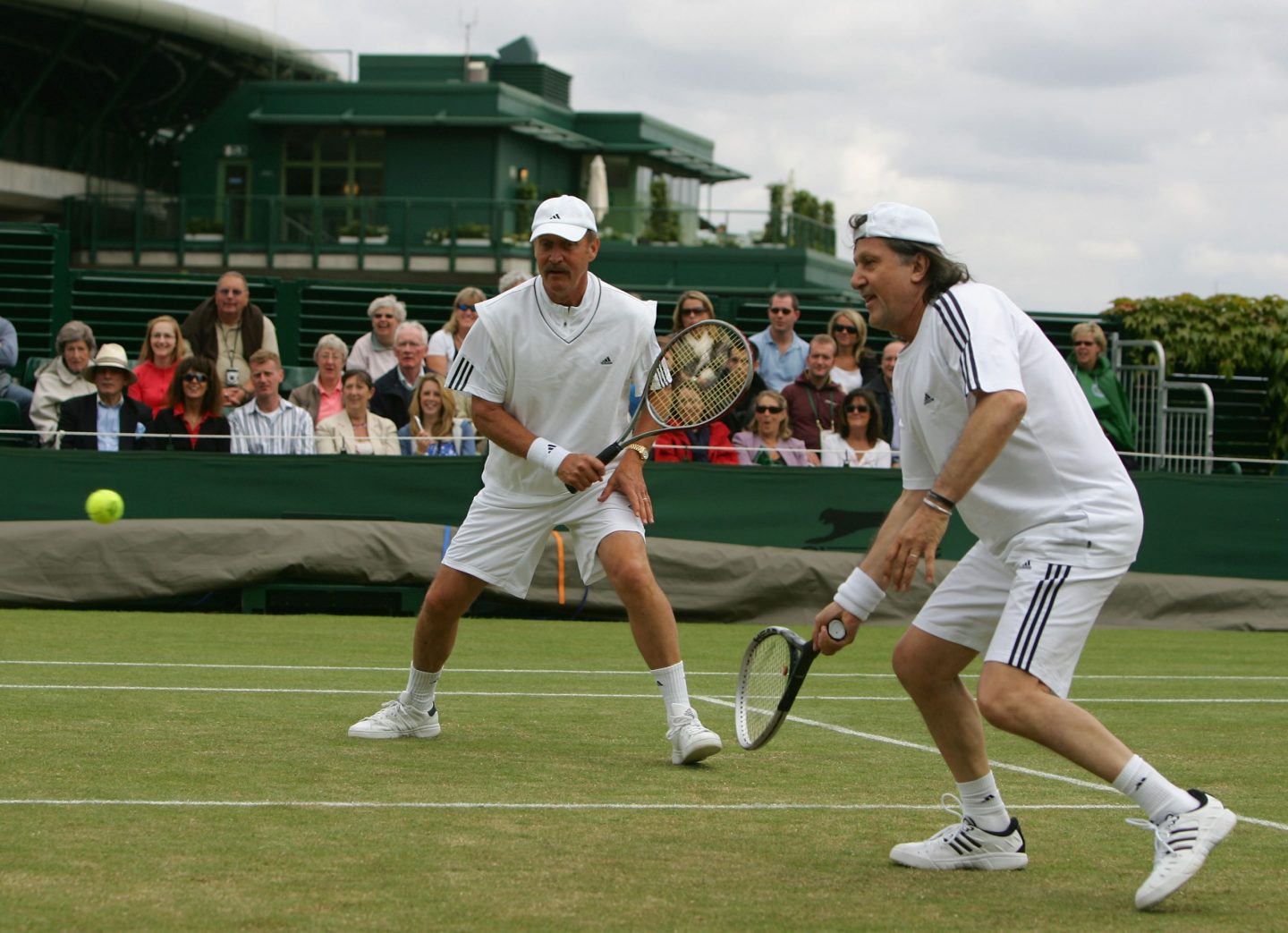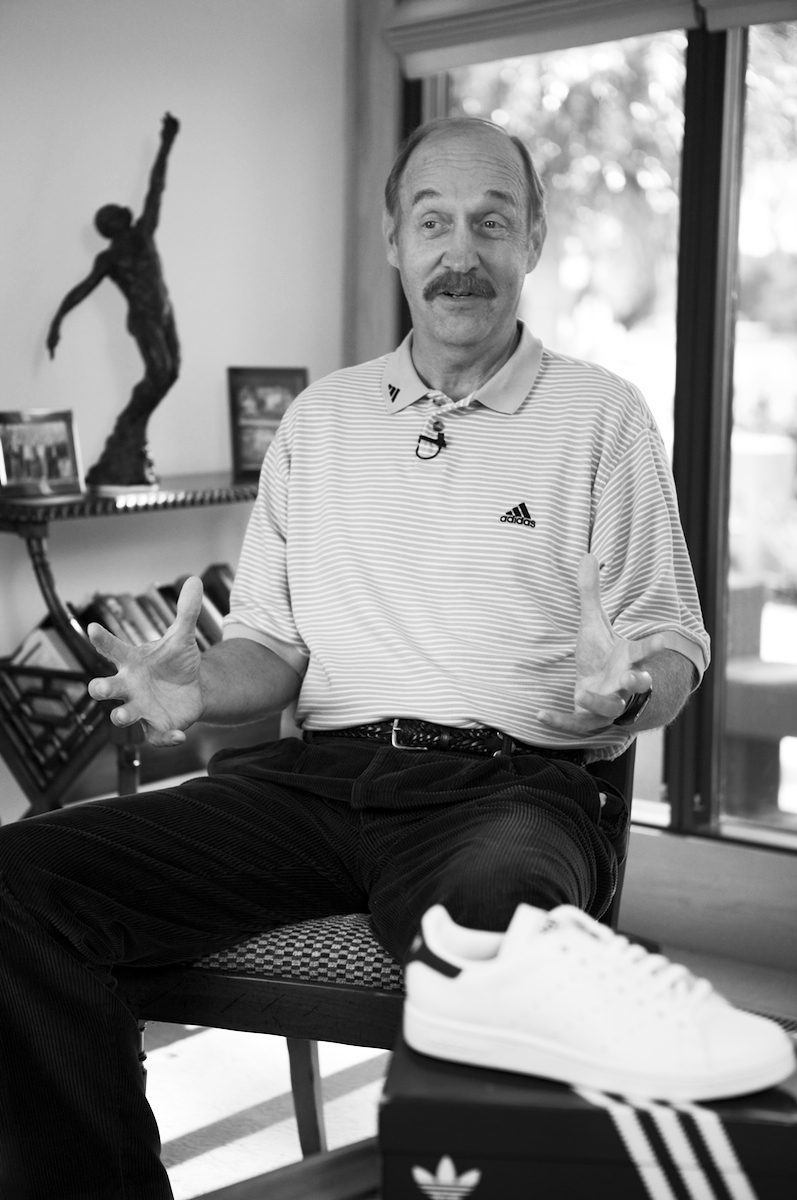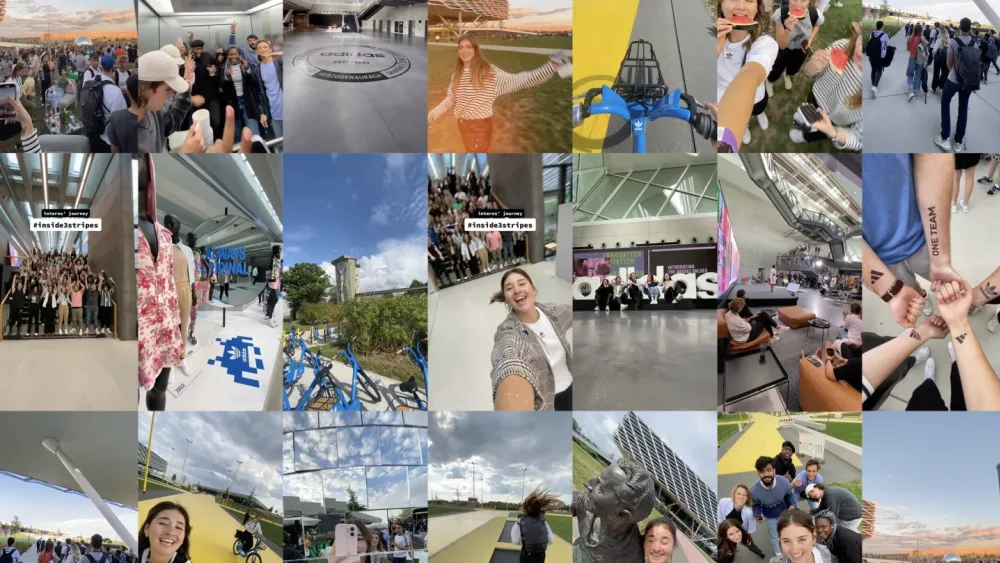
Stan (the Man) Smith’s 5 Top Tips for Playing Gracefully at Every Age
For those of us interested in long and varied careers, we can look forward to working with people from a wide range of ages. Stan Smith has tips on how to optimize generational diversity and connect fruitfully with every age, at every age.

Stan Smith recently joined adidas colleagues from around the world for an online talk in which he addressed avoiding ageism and embracing intergenerational diversity. He jokes that he is adidas’ longest serving staff member: in 2022 he celebrates fifty years with the brand. In 1972, when Horst Dassler initiated a collaboration with him, Stan was ranked the number 1 tennis player in the world.
These days he is sometimes upstaged by his namesake, a shoe, but that doesn’t deter him. The real Stan is as active as ever and intent on sharing his talents. With a vantage point of over seventy years, Stan’s tips on celebrating intergenerational diversity are invaluable for every age.
1.Balance curiosity with respect
Stan points out that intergenerational diversity can bring healthy combinations of experience and novelty. “In successful societies, there’s a balance between the different ages,” he says. He credits a combination of curiosity and respect as establishing positive dynamics on diverse teams.
 Stan-Smith-tennis-player-adidas-athlete-ambassador-sports-athletes
Exchanging with those of different ages promotes greater understanding of various perspectives. ©Al Bello/Getty Images
Stan-Smith-tennis-player-adidas-athlete-ambassador-sports-athletes
Exchanging with those of different ages promotes greater understanding of various perspectives. ©Al Bello/Getty Images
“It really comes down to teamwork and using the talents of different people. You’ve got younger people who have creative ideas that might be especially appropriate to younger people who a brand may be targeting. But I also think young people have lots to learn from older people and should not be afraid to ask questions. Young people have great opportunities to gain wisdom from people who have gone through some of the same things they are or will be going through.”
2.Keep an eye on your goals
Goals can anchor us to our hopes and at any stage of life, though they will likely change significantly. Stan suggests consciously creating a variety of goals with one underlying current running through all of them. “I think we need to set goals that are high – dream goals that motivate us to get as much out of life as possible. We also need intermediate ones, though – ones that are more realistic that we can actually judge and evaluate. Our intermediate goals can bring us closer to the dream ones. To me the ultimate goal is to get as much out of your life, with the talents that God has given you, to go as far as you can.”
"To me the ultimate goal is to get as much out of your life, with the talents that God has given you, to go as far as you can."
Besides setting goals that vary in immediacy and aspiration, Stan suggests assessing our aims as we progress. At times when discouragement encroaches, he emphasizes the importance of maintaining focus. “Reevaluate along the way, but don’t be afraid to give it your best shot. Don’t let yourself be mediocre.”
 The ultimate goal is to do our best with what we have. ©adidas Archive
The ultimate goal is to do our best with what we have. ©adidas Archive
3.Trust the process – your own and others’
Athletes’ opportunities are more affected by their ages sooner and more acutely than those in professions that rely less on peak physical performance. Stan points out that many are pressured to end their athletic careers before they are ready to. This is sometimes due to a view that we should quit while we’re ahead. “A lot of people will see a player near the top of their career and say, They should retire. They shouldn’t play anymore.”
While many do retire directly after a Wimbledon or US Open win, Stan emphasizes the importance of athletes choosing what is best for them.
"My feeling is players should do what they want to do. They should continue to play as long as they want to, if they’re enjoying it or if they love the competition."
4.Create opportunity out of enthusiasm
Though he officially retired from his career as a professional tennis player in 1985, Stan has remained breathtakingly active. He recommends following our interests to determine the pursuits that enable us to be most productive. “If you’ve got energy and commitment to a job, hobby, or other pursuit, you can be very productive for a long time. People can be productive as long as they have enthusiasm.”
 Stan Smith remains active and is a proponent of making the activity of all ages visible. © Alex Livesey/Getty Images
Stan Smith remains active and is a proponent of making the activity of all ages visible. © Alex Livesey/Getty Images
In addition to being attuned to our own interests, Stan advocates finding ways to make intergenerational diversity visible in our business models. “Our products need to be designed, promoted, and marketed to senior people as well as younger people. There are a lot of activities like walking, golf, tennis, and other sports that older people can do. As a brand we want to market to older people in ways that show people their age successfully doing activities that they can get involved in.”
"As a brand we want to market to older people in ways that show people their age successfully doing activities that they can get involved in."
5.Be helpful as only you can to support intergenerational diversity
Stan is the first to acknowledge that he has been given a lot in life. Clearly, he has also worked hard to get where he is, and at this point he’s focused on giving back. “I really respect people around the world who are committed to making life better for other people. That’s what’s driving me now. People like Nelson Mandela and Arthur Ashe, who was also a good friend of mine, have inspired me.”
In addition to supporting several charity organizations, including the Boys and Girls Club in his South Carolina town, he coaches athletes 12-18-years-old at his tennis academy. He identifies the importance of coming to understand people in other generations in order to offer the support they will benefit from. “I’m trying to figure out what they are thinking so I can help them.” Sharing his perspective with young athletes is especially gratifying for Stan.
 Sometimes help is as simple as offering feedback about someone else’s progress. ©adidas Archive
Sometimes help is as simple as offering feedback about someone else’s progress. ©adidas Archive
“My goal is to encourage them because people don’t really see their improvement very dramatically – it happens gradually. So, I’ll remind them that they’ve improved dramatically from six months before, two months before, a year before. Young people today can get discouraged. It’s part of my job to remind them of the opportunity they have, that they are improving, and that they have to keep working at it.”
Sometimes what athletes need most is a simple reminder: “Only one person wins the tournament. Everyone else loses.” But Stan has more to share about what truly winning means.
"You might play your very best match ever and lose. The way to measure success is getting the most out of what you have whether or not you win."
Stan finds helping others so rewarding he wants everyone to share in the act. “I think everyone has to help a little bit if they can. And I think you can to a certain extent no matter who you are, what you are, or what your situation is.”




